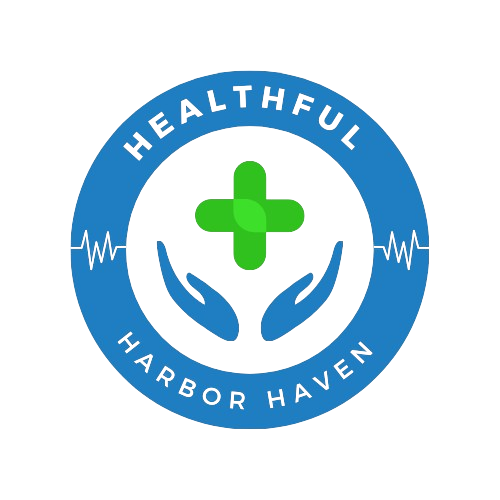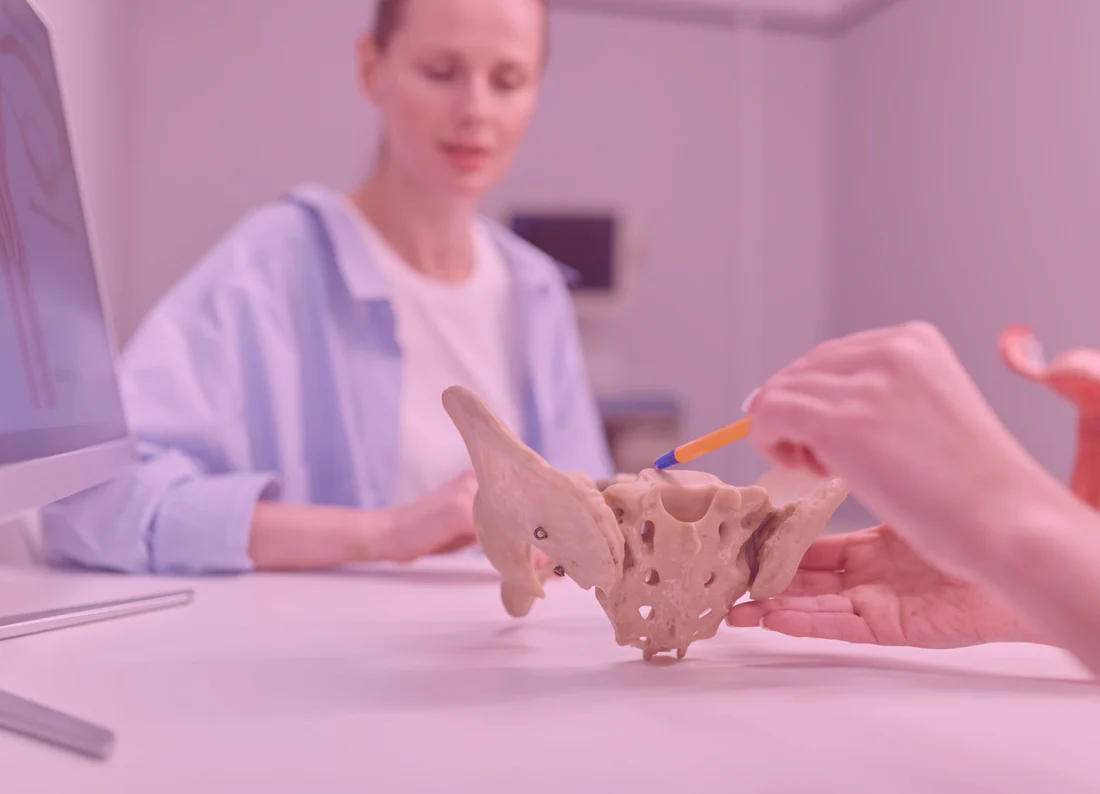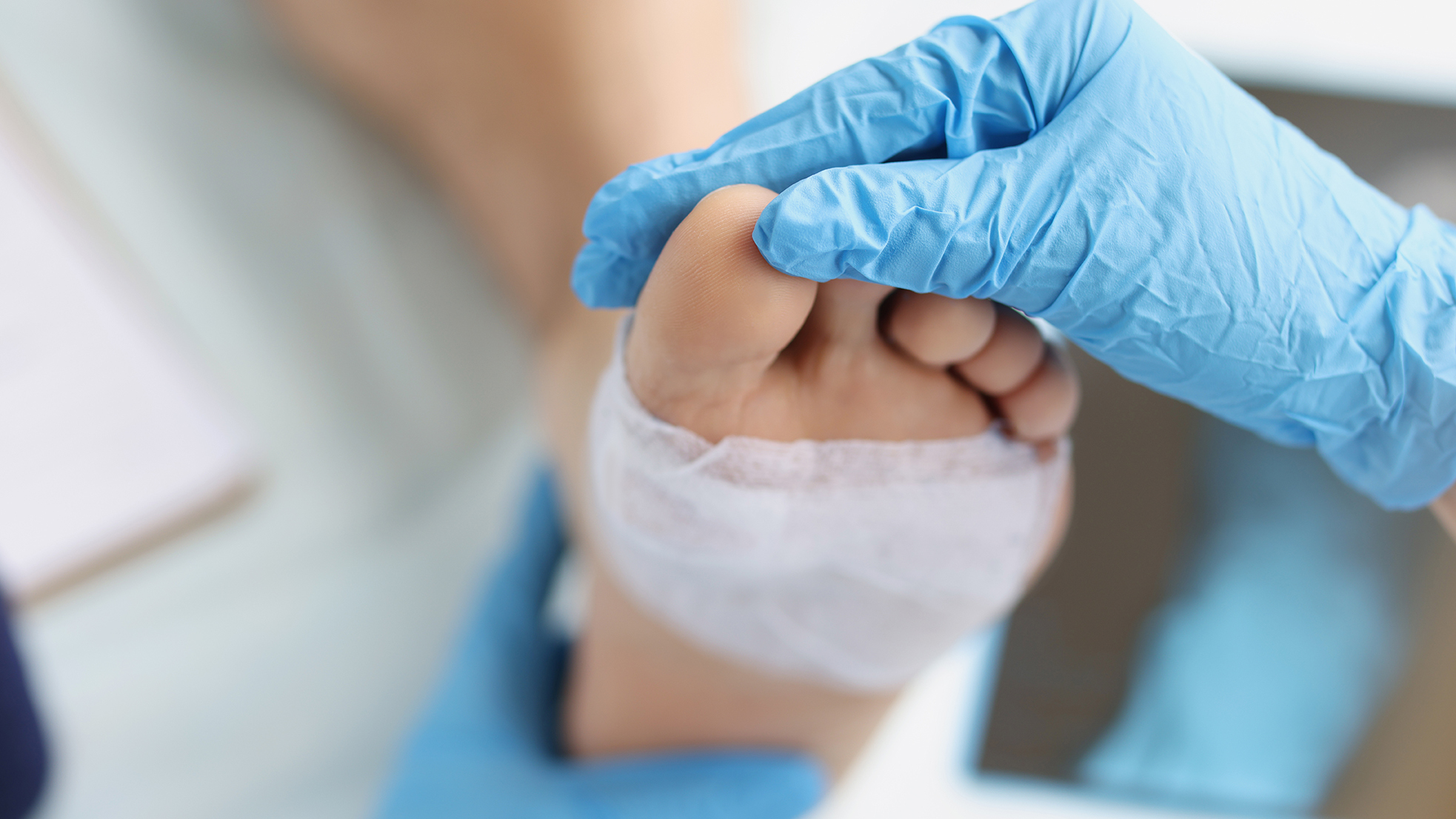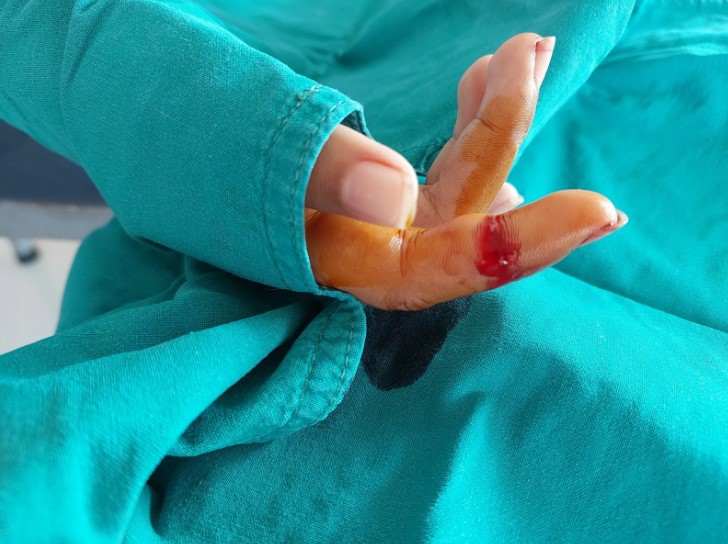Understanding Vaginismus
Vaginismus is a condition characterized by involuntary tightening of the vaginal muscles, making penetration uncomfortable or even impossible. The severity varies among women, ranging from mild discomfort during intimacy to severe muscle spasms that prevent penetration entirely. This condition can lead to significant emotional distress, impacting self-esteem, relationships, and overall quality of life. Women with vaginismus may also experience anxiety or fear around sexual activity, which can further intensify physical symptoms. It is essential to recognize that vaginismus is a medical condition and not a reflection of desire, morality, or relationship quality. Early identification of symptoms can improve treatment outcomes and reduce emotional strain. Understanding the condition fully, including both physical and psychological effects, forms the foundation for effective vaginismus treatment.
Causes and Triggers of Vaginismus
Vaginismus often develops due to a combination of physical, psychological, and relational factors. Physically, medical conditions such as infections, hormonal changes, or pelvic injuries may trigger involuntary muscle contractions. Psychological factors, including past trauma, anxiety, or fear of pain during sexual activity, play a significant role in many cases. Relationship dynamics, such as intimacy issues or communication barriers, can also contribute to symptom onset or severity. Identifying triggers is a critical step in designing a personalized treatment plan. Women often experience a cycle in which anxiety leads to muscle tightening, causing pain and reinforcing fear during intimacy. Recognizing these patterns enables women and healthcare professionals to implement strategies that target both emotional and physical aspects of the condition.
Diagnosis and Professional Assessment
Accurate diagnosis is a crucial step in effective vaginismus treatment. Healthcare professionals typically begin with a detailed medical history and a physical examination to rule out infections, structural issues, or other gynecological conditions. Specialists such as gynecologists, pelvic floor therapists, and sexual health counselors often collaborate to provide comprehensive care. Assessments may include evaluations of pelvic floor muscle tension, flexibility, and coordination. Some cases may involve imaging or other diagnostic tests to identify anatomical factors. Understanding the underlying causes of vaginismus allows for a treatment plan that addresses both physical and emotional needs. Seeking professional guidance early helps reduce stress and accelerates progress toward recovery.
Non-Surgical Vaginismus Treatment Options
Many women benefit from non-surgical treatments that focus on gradual desensitization, physical therapy, and counseling. Pelvic floor physical therapy strengthens and relaxes the muscles, often using biofeedback and guided exercises to improve control. Vaginal dilators are used progressively to increase comfort and flexibility, helping women regain confidence with penetration. Relaxation techniques such as deep breathing, mindfulness, and meditation reduce tension in the pelvic region. Cognitive-behavioral therapy (CBT) addresses anxiety, fear, and negative beliefs surrounding sexual activity. Sex therapy encourages open communication between partners, reducing stress and promoting intimacy. Consistency with these methods, guided by professionals, significantly improves treatment outcomes without the need for invasive procedures.
Medical and Surgical Interventions
In severe or persistent cases, medical or surgical interventions may be necessary. Muscle relaxants or pain relief medications can assist in reducing discomfort during therapy sessions. Botox injections are occasionally used to ease involuntary muscle spasms and allow women to progress with dilation exercises. Surgical interventions are rare but may be considered for anatomical abnormalities, scar tissue, or other structural concerns. Each approach carries specific risks and benefits that should be carefully reviewed with a healthcare provider. The selection of treatment depends on the severity of symptoms, underlying causes, and patient preferences. Combining medical support with therapy and at-home practices often produces the most effective and lasting results.
At-Home Strategies and Self-Care
Self-care strategies complement professional treatment and help women actively participate in their recovery. Mindfulness and relaxation exercises can be incorporated daily to reduce tension and anxiety. Regular pelvic floor stretches or guided exercises promote control and awareness of vaginal muscles. Open communication with a partner helps reduce fear and builds a supportive environment for intimacy. Journaling progress and experiences provides insight into triggers and emotional responses. Lifestyle adjustments, including stress management, adequate hydration, and balanced nutrition, support overall sexual health. Consistent at-home practice reinforces professional treatments and encourages confidence and autonomy in sexual wellness.
Supporting Emotional Wellbeing During Treatment
Emotional support is a vital component of successful vaginismus treatment. Women may experience frustration, sadness, or embarrassment due to difficulties with intimacy. Developing coping strategies such as mindfulness, breathing exercises, or guided imagery can help manage anxiety and fear. Partner involvement and understanding enhance treatment outcomes and strengthen relationships. Support groups, therapy sessions, or online communities provide validation, encouragement, and practical advice. Emotional wellbeing improves when women feel empowered to address the condition without judgment. Integrating mental health support alongside physical therapies fosters long-term progress and confidence in intimate experiences.
Long-Term Management and Prevention
Maintaining pelvic health and preventing recurrence is key after completing treatment. Regular pelvic floor exercises and relaxation techniques help sustain muscle control and flexibility. Routine check-ups with healthcare professionals ensure that any new concerns are addressed promptly. Open communication with partners about sexual needs and comfort supports ongoing intimacy. Continued practice of mindfulness and stress reduction strategies prevents the re-emergence of tension and anxiety. Recognizing early signs of muscle tightness or discomfort allows women to respond proactively. Long-term management emphasizes both physical health and emotional resilience to ensure lasting results from vaginismus treatment.
Frequently Asked Questions (FAQ)
How long does vaginismus treatment typically take?
Treatment duration varies depending on severity and individual response. Some women see improvement in a few weeks, while others may require several months of consistent therapy and exercises.
Can vaginismus be fully cured?
Many women experience significant improvement or full resolution with proper treatment. Combining physical therapy, counseling, and at-home practices increases the likelihood of complete recovery.
Are there age-related considerations for treatment?
Vaginismus can affect women of all ages. Younger and older women may face different challenges, such as hormonal changes or prior medical conditions, which can influence treatment planning.
Is treatment painful or uncomfortable?
Some discomfort may occur initially, especially during exercises or dilator use. Professional guidance ensures gradual progression and minimizes pain while building comfort and confidence.
How can partners best support someone undergoing treatment?
Open communication, patience, and emotional support are essential. Partners who participate in therapy sessions or provide encouragement during exercises help reduce anxiety and promote healing.











